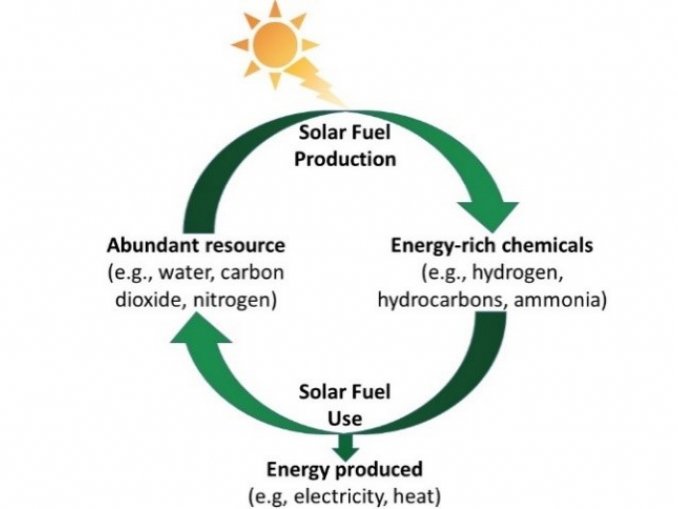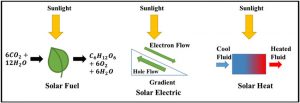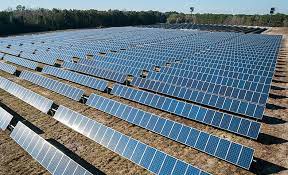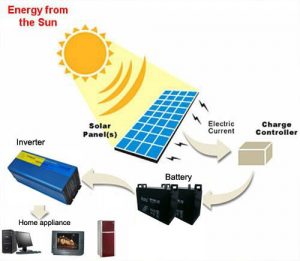
In today’s world, we are always looking for ways to be more energy-efficient and save money. One way to do this is by harnessing the power of the sun with solar energy. Solar energy is a sustainable and renewable resource that can be used to generate electricity or heat. Solar power works by converting sunlight into electrical energy.
This energy can then be used to power your home or business. Solar power is a clean and emissions-free source of energy, making it an increasingly popular choice for those looking to be more environmentally-friendly. In this blog post, we’ll take a look at the process that converts solar energy into chemical energy
The sun is a natural nuclear reactor that produces an enormous amount of energy. This energy is in the form of electromagnetic radiation, which includes light and ultraviolet (UV) rays. When this radiation hits a solar panel, it causes electrons to be knocked loose from their atoms. These loose electrons flow through metal conductors to create an electric current.

This electric current can be used to power our homes and businesses, or it can be stored in batteries for later use. But how does solar energy get converted into chemical energy? The answer lies in photosynthesis.
Photosynthesis is a process that occurs in plants and other photoautotrophs (organisms that rely on light for their survival). In photosynthesis, light energy is converted into organic matter like glucose. Glucose can be used by plants for growth and metabolism, or it can be stored in their leaves, roots, and fruits for later use.
When we eat these plants or their fruits, we are essentially eating solar energy that has been converted into chemical energy. This chemical energy is then used by our cells to power our bodies and keep us alive.
Solar energy is one of the most abundant sources of renewable energy on Earth. It has the ability to power our homes and businesses without emitting harmful pollutants or greenhouse gases. And it all starts with the sun—a natural nuclear reactor that produces an enormous amount of energy in the form of electromagnetic radiation.
When this radiation strikes a solar panel, electrons are ejected from their atoms. To generate an electric current, these free electrons pass via metal conductors. This electric current may either be used to power our homes and businesses or stored in batteries for later use.
Conclusion
But how does solar energy become chemical energy? The solution is found in photosynthesis, which happens in plants and other photoautotrophs (organisms that rely on light for their survival). Light energy is transformed into organic materials such as glucose during photosynthesis. We are effectively ingesting solar energy that has been turned into chemical energy when we consume these plants or their fruits.
So next time you enjoy a delicious piece of fruit or a crisp green vegetable, remember that you’re powering your body with renewable solar energy!



